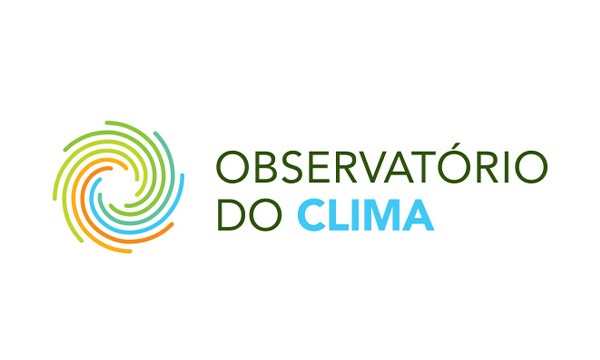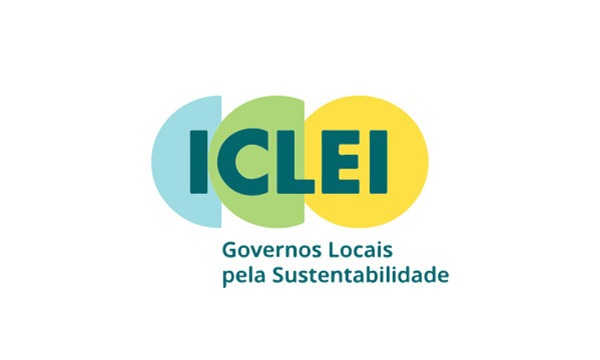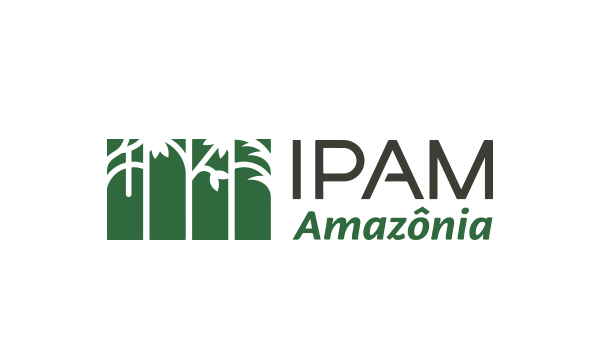Discover Brazil's greenhouse gas emissions
SEEG is the prime greenhouse gas emissions monitoring platform in Latin America and one of the largest national emissions databases in the world. It provides annual estimates of greenhouse gas emissions in Brazil for all sectors of the economy, on an easily accessible online platform with data spanning from 1970. In addition, it offers analyses and solutions for decision-makers. The SEEG data aim to inform mitigation policies and provide transparency to society regarding the country's emission reduction trajectories.
Understanding the initiative
What is SEEG
The Greenhouse Gas Emissions and Removals Estimating System (SEEG) is a tool designed to tackle the challenge of climate change by monitoring Brazil’s emissions trajectory and identifying pathways for decarbonization. It features an easy-to-access online platform with data dating back to 1970, along with analytical reports on emissions trends and recommendations for decision-makers.
An initiative of the Climate Observatory — a network of over a hundred civil society organizations — SEEG is one of the world’s largest greenhouse gas emissions databases.
SEEG’s users span all sectors of society, including public authorities and policymakers who rely on its data for informed decision-making; the private sector, which assesses impacts and reduction strategies; NGOs and civil society, which track climate progress; the media, which use the information for reporting; and educators and researchers, who apply the data in studies and teaching materials.
The data platform
All SEEG data is available on an online platform with over 10 million records and interactive dashboards, allowing filtered searches and full database downloads. The platform is open and public. Users can explore national, state, and municipal emissions, as well as emissions by biome, sectors, emitting activities, gases, and carbon-equivalent metrics.
Scope and methodology
SEEG estimates greenhouse gas emissions across five major emitting sectors: Agriculture, Energy, Land Use Change, Industrial Processes, and Waste, following the IPCC scope and the National Inventory guidelines. Emissions are allocated to all 27 Federal Units and over 5,000 municipalities in the country. SEEG collections include historical series dating back to 1970, with data updated through the year prior to the release of each collection, except for the Land Use Change sector, which begins in 1990.
SEEG covers all greenhouse gases inventoried, with the main ones being carbon dioxide (CO2), methane (CH4), nitrous oxide (N2O), and hydrofluorocarbons (HFCs). Data is also presented in carbon dioxide equivalent (CO2e), using both the GWP (global warming potential) and GTP (global temperature potential) metrics, based on conversion factors established in the 2nd, 4th, 5th, and 6th IPCC reports (AR2, AR4, AR5, and AR6).
Published in the Scientific Data journal, part of the Nature group, in 2018, SEEG’s methodology follows IPCC guidelines and the National Inventory methodologies. Click here for more details on how SEEG estimates are developed.
Knowledge production
Aiming to inform, engage, and equip key stakeholders, SEEG stands out not only for its online platform but also for the annual release of data packages, analytical reports, and infographics. SEEG’s analyses also seek to support emission reduction policies.
At the national level, seven states—AL, BA, GO, MG, PB, RJ, and SP—currently have cooperation agreements with SEEG, using its data as the basis for their emissions inventories and climate policies. Internationally, SEEG’s model is replicated in India (click here to access the site) and has also been replicated in Peru.
Among other initiatives, SEEG has developed a solutions guide to support municipal mitigation policies (click here to access the reference document) and has supported the development of the Carbon Calculator, in partnership with G1 (click here to access the tool), aimed at individual-level estimates.
Who leads it
SEEG was first presented by OC (Climate Observatory) in 2013. The technical coordination of SEEG is carried out by four institutions that are part of OC, each responsible for a specific emission sector based on their thematic expertise. IPAM (Amazon Environmental Research Institute) leads studies on land use change, while Imaflora (Institute for Forest and Agricultural Management and Certification) focuses on agriculture. IEMA (Institute for Energy and Environment) addresses the energy and industrial processes sectors, and ICLEI (Local Governments for Sustainability) contributes its expertise in waste management.
In its journey of over 12 years, SEEG has received funding from various organizations, including GMH (Global Methane Hub), ICS (Institute for Climate and Society), CLUA (Climate and Land Use Alliance), Fundación Avina, Porticus Foundation, OAK Foundation, Rainforest Foundation Norway, European Union’s Partnership Instrument, and the German Federal Ministry for the Environment, Nature Conservation, and Nuclear Safety (BMU) under the International Climate Initiative (IKI).








